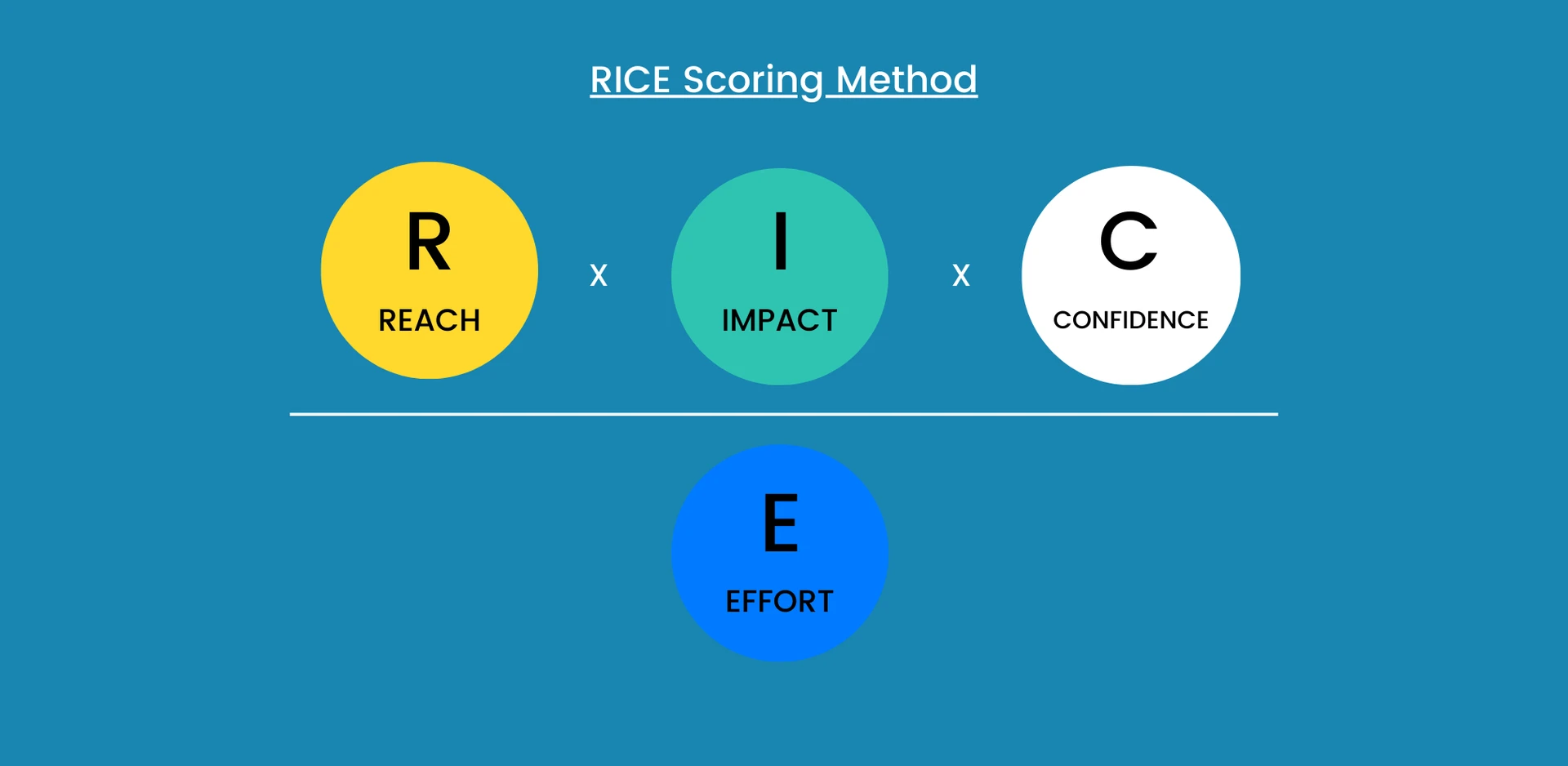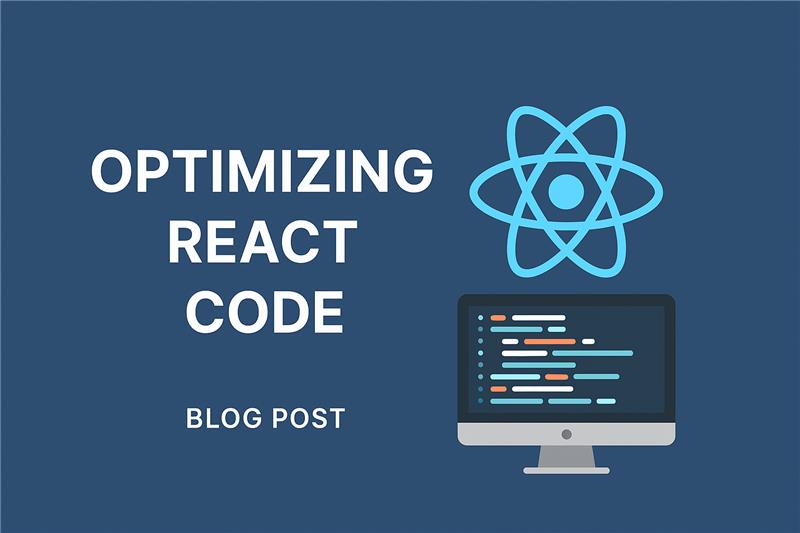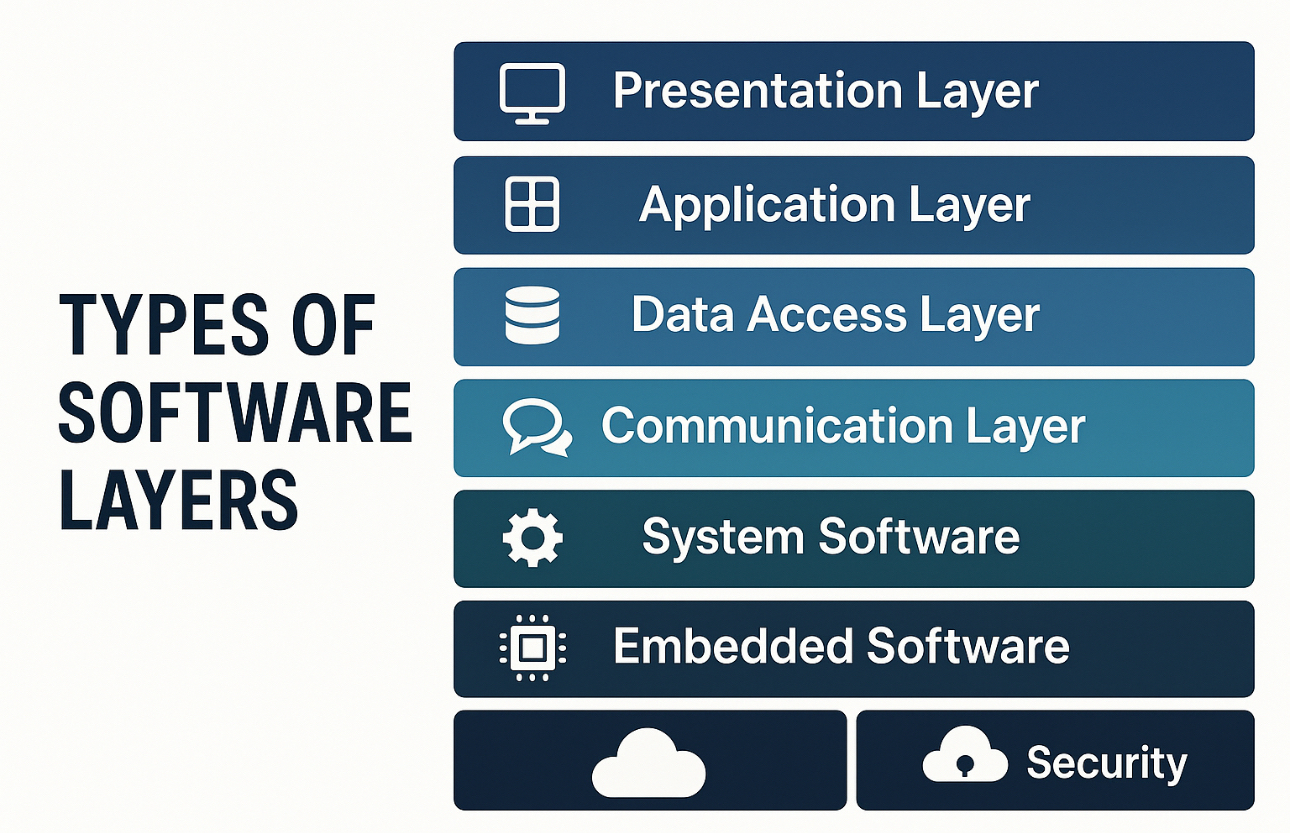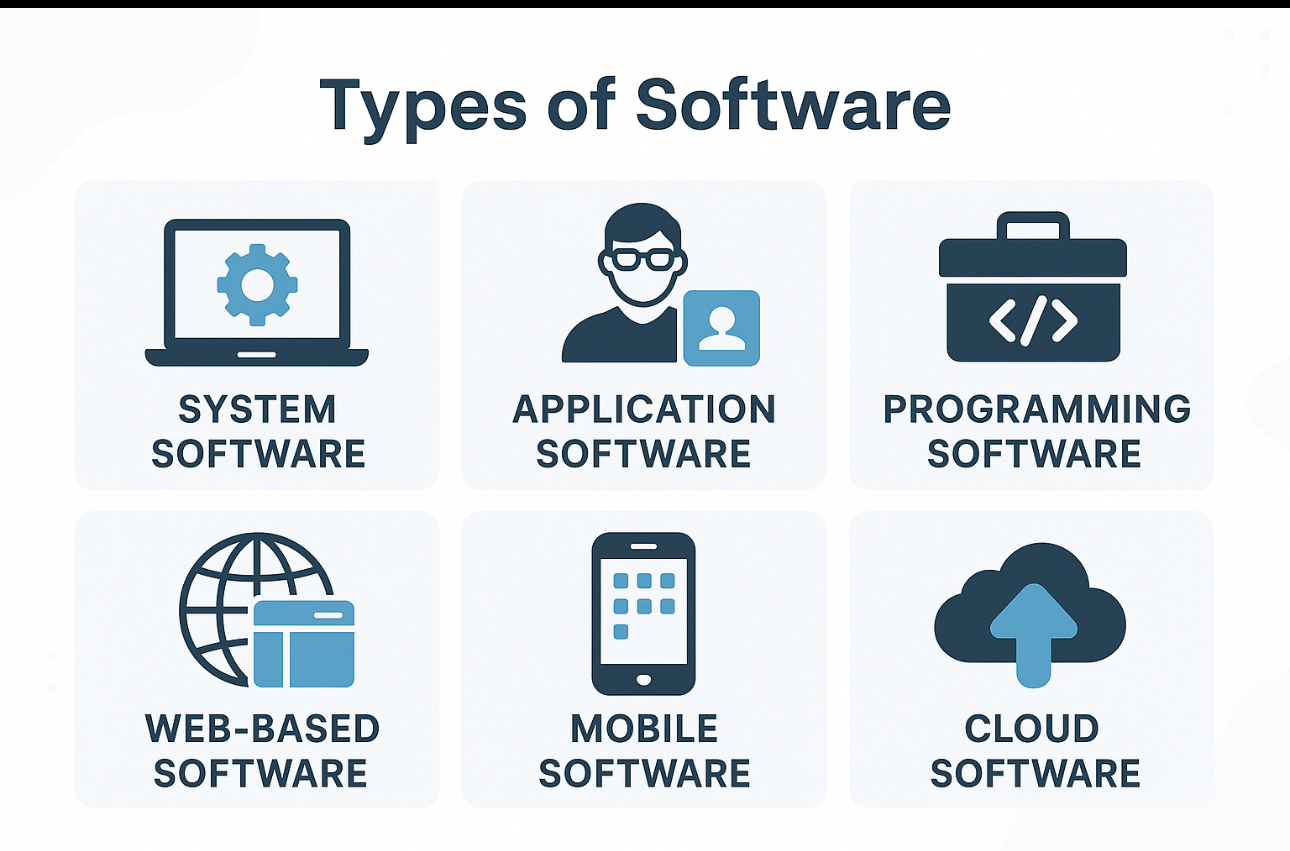
As business analysts, one of our primary roles is to help prioritize initiatives and projects, especially when there are many competing for resources. The RICE framework is a powerful tool we use to make data-driven, objective decisions about which projects to pursue. RICE stands for Reach, Impact, Confidence, and Effort, and it helps us evaluate potential projects across four key dimensions.
1. Reach
This refers to how many people, teams, or customers will be affected by the project. The greater the reach, the larger the potential benefit, making it a crucial factor in prioritization. For example, a project that impacts thousands of users is more valuable than one with limited reach.
2. Impact
Impact measures how much difference the project will make. This could be in terms of revenue growth, user experience, efficiency improvements, or customer satisfaction. Projects with high impact are typically given more priority as they provide significant value to the business.
3. Confidence
Confidence reflects how certain we are about the estimates for Reach, Impact, and Effort. This involves looking at the data, assumptions, and insights we have. The higher the confidence, the less risk involved in the project, making it easier to justify its priority.
4. Effort
Effort assesses the amount of time, resources, and energy required to complete the project. A project with high potential impact but low effort is often considered more attractive, as it provides a strong return on investment. Business analysts use this to balance potential gains with the resources needed.
By evaluating each project using these four factors and calculating a RICE score, we can objectively rank initiatives and prioritize those that provide the most value relative to the resources required. This helps ensure that we’re focusing on the right projects, aligning with business goals, and delivering the highest possible return.
Post a comment Cancel reply
Related Posts
Optimizing React Performance: An Advanced Guide for Scalable Applications
In today’s fast-paced digital ecosystem, software systems have become the backbone of every enterprise’s technological…
Types of Software Layers
In today’s fast-paced digital ecosystem, software systems have become the backbone of every enterprise’s technological…
React Fiber and Reconciliation: The Engine Behind Modern React UX
As modern web applications grow in complexity, delivering a smooth, responsive user experience is more…
Understanding All types of software
Software is the backbone of the digital world. From mobile apps and cloud services to…


















